Test Driving the Last Air-Cooled Porsche: The 993 Porsche 911
公開日:
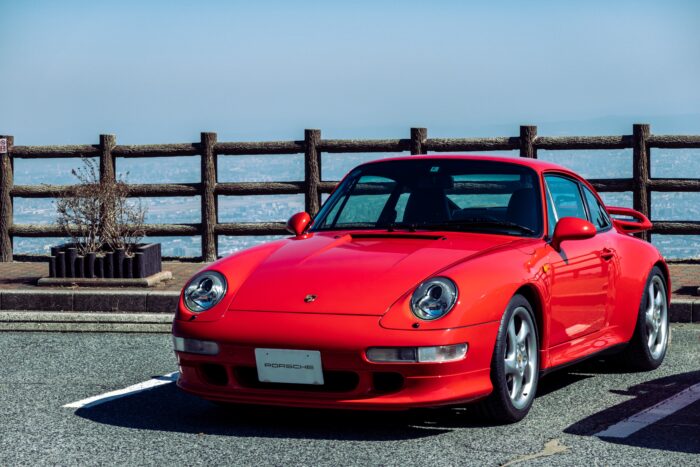
コンテンツ
Porsche 911 Type 993
I’ve had the chance to drive many air-cooled Porsches and have reviewed them in the past, but until now, I hadn’t actually reviewed the 993.
This time, I had the opportunity to test drive the 993 Porsche 911, the last air-cooled Porsche, so I’d like to share my review.
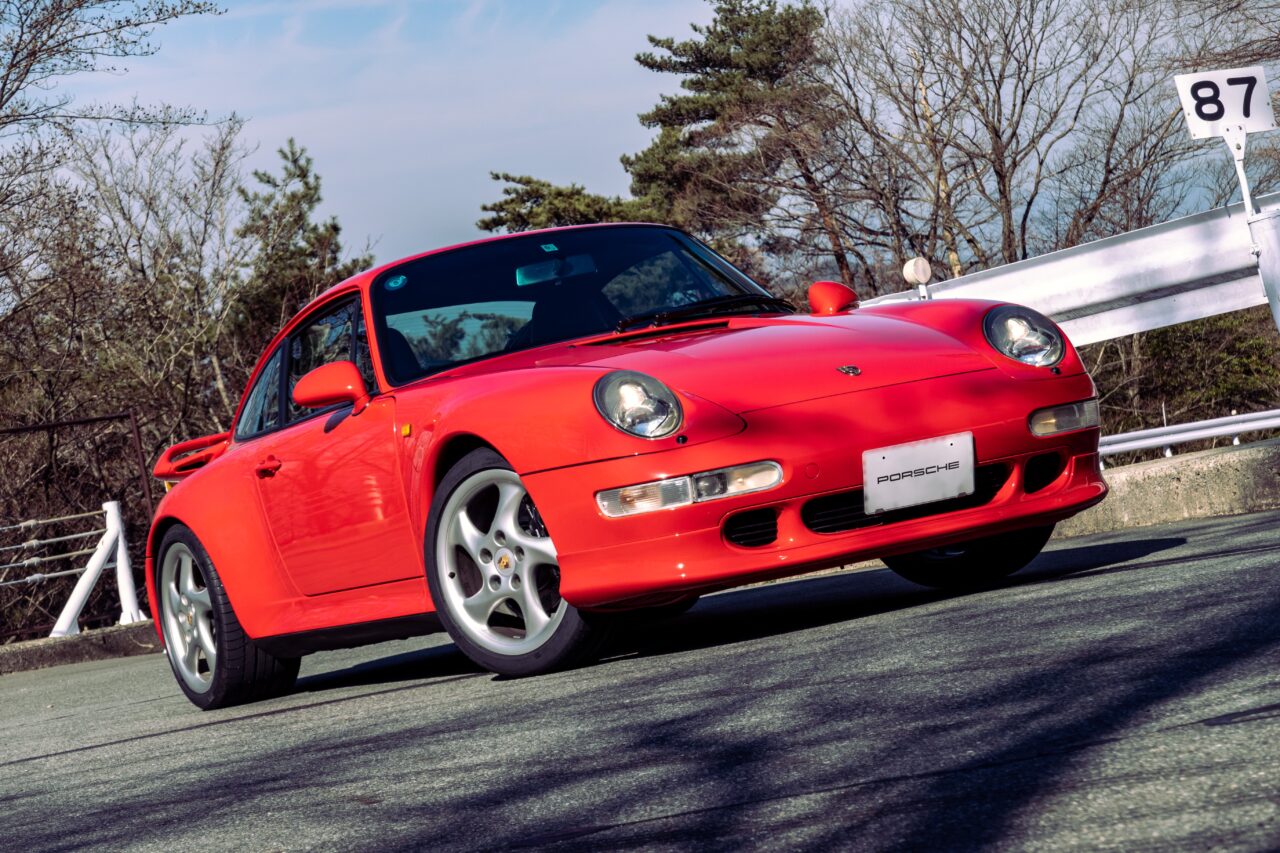
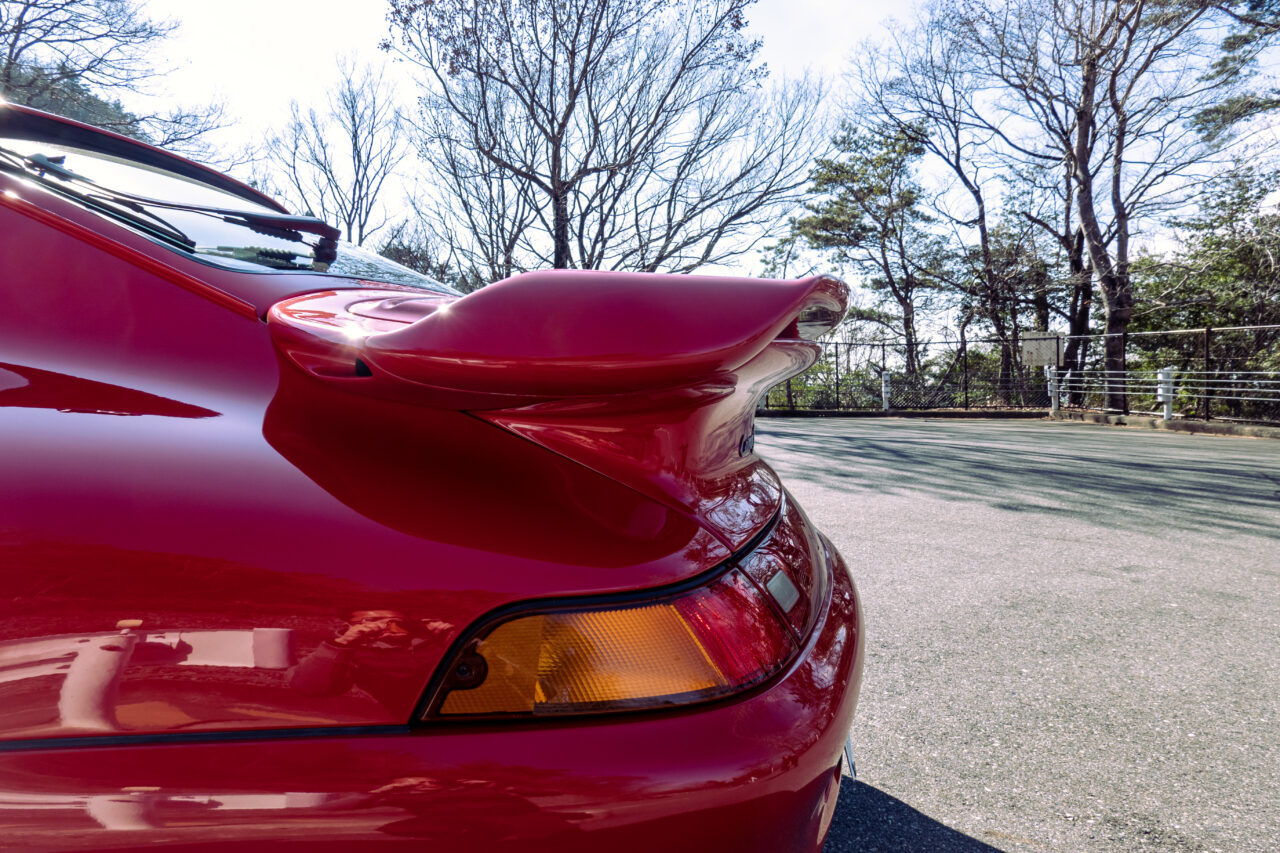
This car is a Guards Red 993 Carrera S (Tiptronic). Originally, the Carrera S was introduced only in the later 993 models and, like the Carrera 4S, features the same wide body as the Turbo.
And this particular model is the Aero version, boasting a large rear spoiler and front spoiler that give it a striking and aggressive look. The interior is also in excellent condition, making it a very high-quality example.
Maintenance Is Key for Air-Cooled Porsches
Actually, I drove this car right after delivery, but at that time, the tires were old and worn, and the ATF hadn’t been changed, so I couldn’t give an accurate evaluation, which is why I didn’t write about it then.
My impression back then was that when applying traction to the rear in the latter part of a corner, the traction would slip a bit, giving a somewhat unstable feeling at the rear.
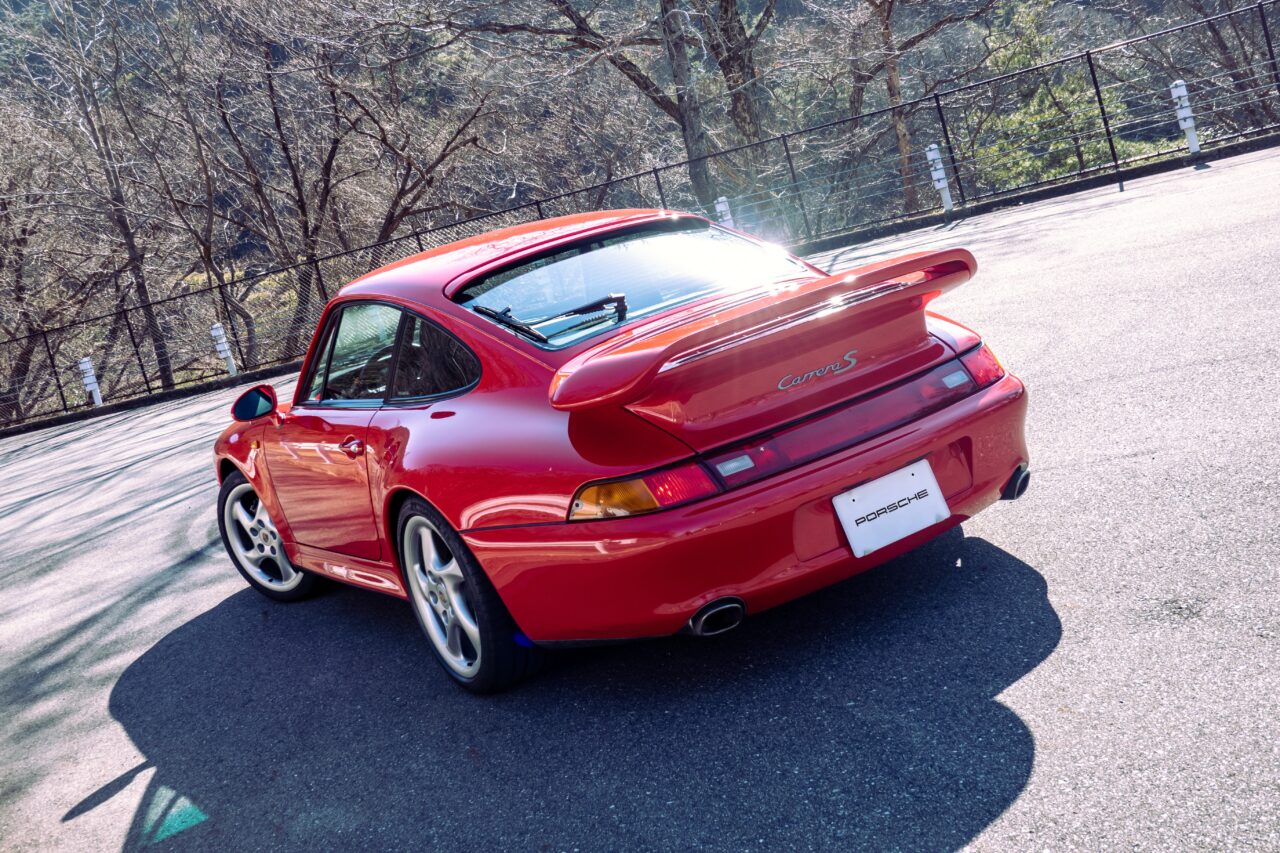
Also, the AT felt a bit slippery when starting off compared to other Tiptronic models, and the response and backlash when revving the engine in a fixed gear were somewhat excessive.
I shared these concerns with the owner at the time, and this time, the tires were brand new, the ATF was replaced, and all other maintenance was thoroughly done, resulting in an exceptional 993.
With such an old car, proper maintenance is truly essential.
Generally, engine and oil work tend to be prioritized at delivery, but I especially recommend thorough maintenance of the suspension and transmission areas as well.
Taking the 993 for Another Spin
When starting the engine, it’s clear that the sound insulation is better than in the 964 and earlier 911s. The loud mechanical noise typical of air-cooled engines is nicely subdued, giving a more modern impression.
Compared to before maintenance, the most noticeable difference is how quickly it gets going. The effect of changing the ATF is truly significant. Some avoid changing the ATF on high-mileage cars fearing damage, but from my own experience and what I’ve seen around me, cars run much better after the change, and I’ve never heard of anyone actually having a failure. (Of course, there is always some risk, so proceed at your own discretion.)
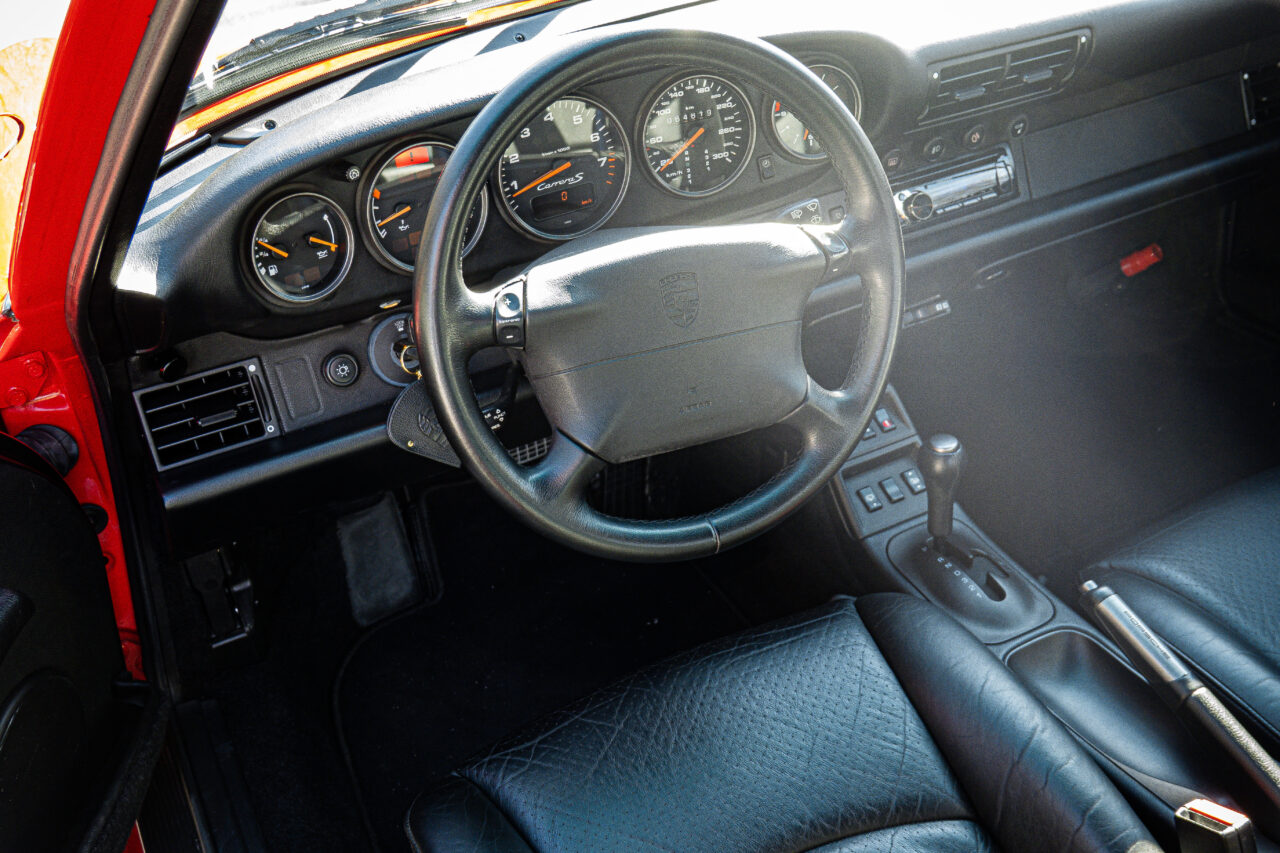
Just lightly resting your foot on the accelerator lets the car glide forward smoothly. It’s a completely different experience from before the ATF change.
The engine produces 285 hp, 35 hp more than the 964’s 250 hp, but the power difference doesn’t feel that dramatic. However, the ride comfort has improved by a noticeable step, and NVH (noise, vibration, harshness) is clearly reduced compared to the 964. The evolution from the 964 is significant, making the 993 truly comfortable enough for everyday use in town or for shopping trips.
In corners, the stability and grip feel similar to a 964 with aftermarket suspension slightly lowered and 17-inch wheels. The tires have a solid contact patch, and the car handles very confidently.
Compared to the 964’s stock suspension and 16-inch wheels, the lightness and nimbleness at the front are somewhat diminished, but the reduced body roll and enhanced contact patch give a strong sense of stability.
Also, it feels like you don’t have to be as conscious of weight transfer as with the 964. The steering responds very directly and naturally when turning. That said, this is still a classic rear-engine 911.
To drive it properly requires correct driving techniques; it’s not as easy to drive fast as the latest 992, so please don’t misunderstand that point.
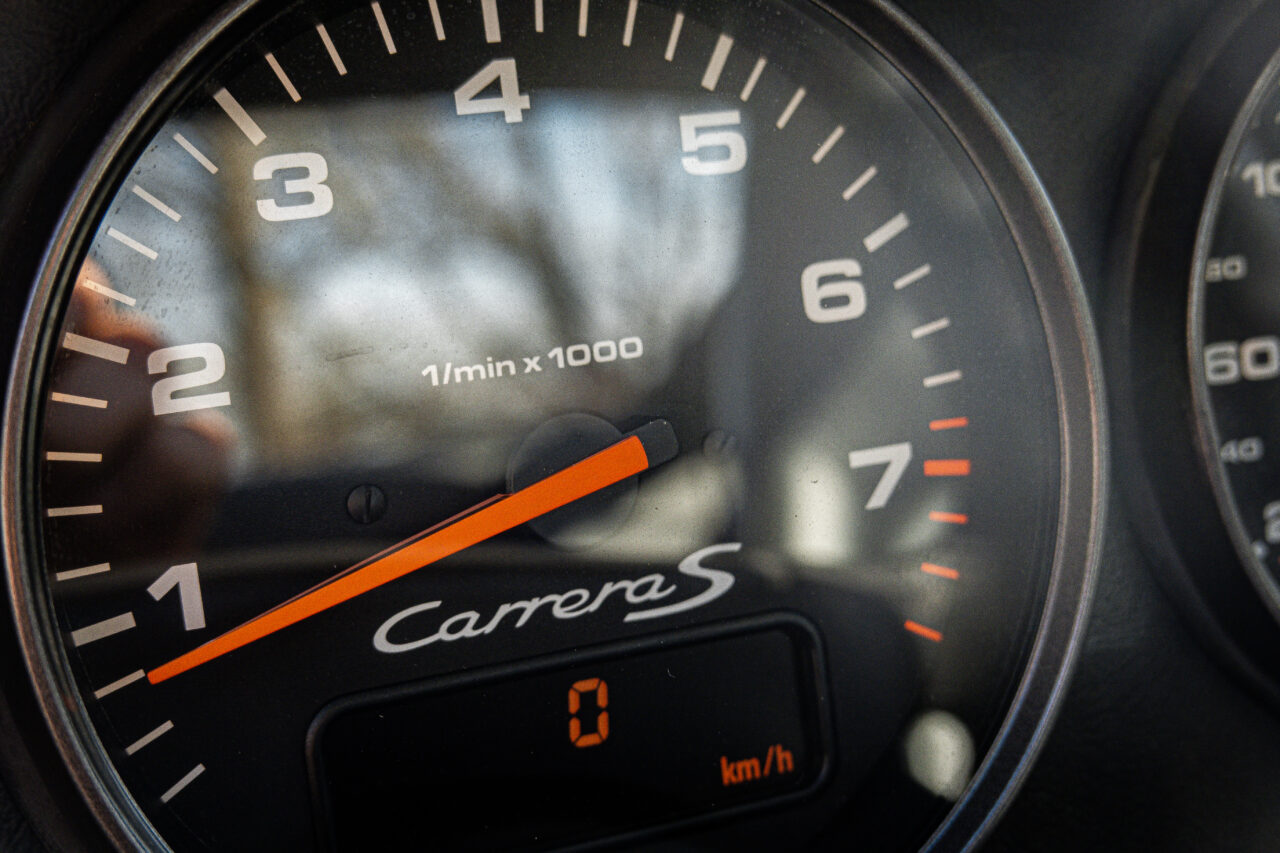
The engine’s revving and sound quality retain that classic air-cooled Porsche character. Though somewhat quieter, the noise disappears as the revs climb, and the engine spins up with a “shaan!” that makes you want to say, “This! This is it!”
Taking it up to speed on a bumpy straight, the high-speed stability is more than sufficient. The improvement over the 964 is substantial here as well, with increased cabin quietness and a 911 better suited for long high-speed touring.
The Merits of Tiptronic
Driving the winding roads in AT mode with the Tiptronic, it’s amazing how well this old AT performs. Once you get used to it, you can control gear shifts more by how quickly you press the accelerator than by how much you press it. Because you can change gears just by how you press the pedal, there’s no real need to switch to manual mode.
Although it only has four gears, each gear has lock-up on and off, effectively creating intermediate gears like 2.5 or 3.5, so the limited number of gears isn’t much of a disadvantage.
True Porsche enthusiasts who have owned many MT and Tiptronic models from this era all agree: “Tiptronic isn’t bad.” I share that view. It’s a transmission that’s both engaging to drive and comfortable for cruising.
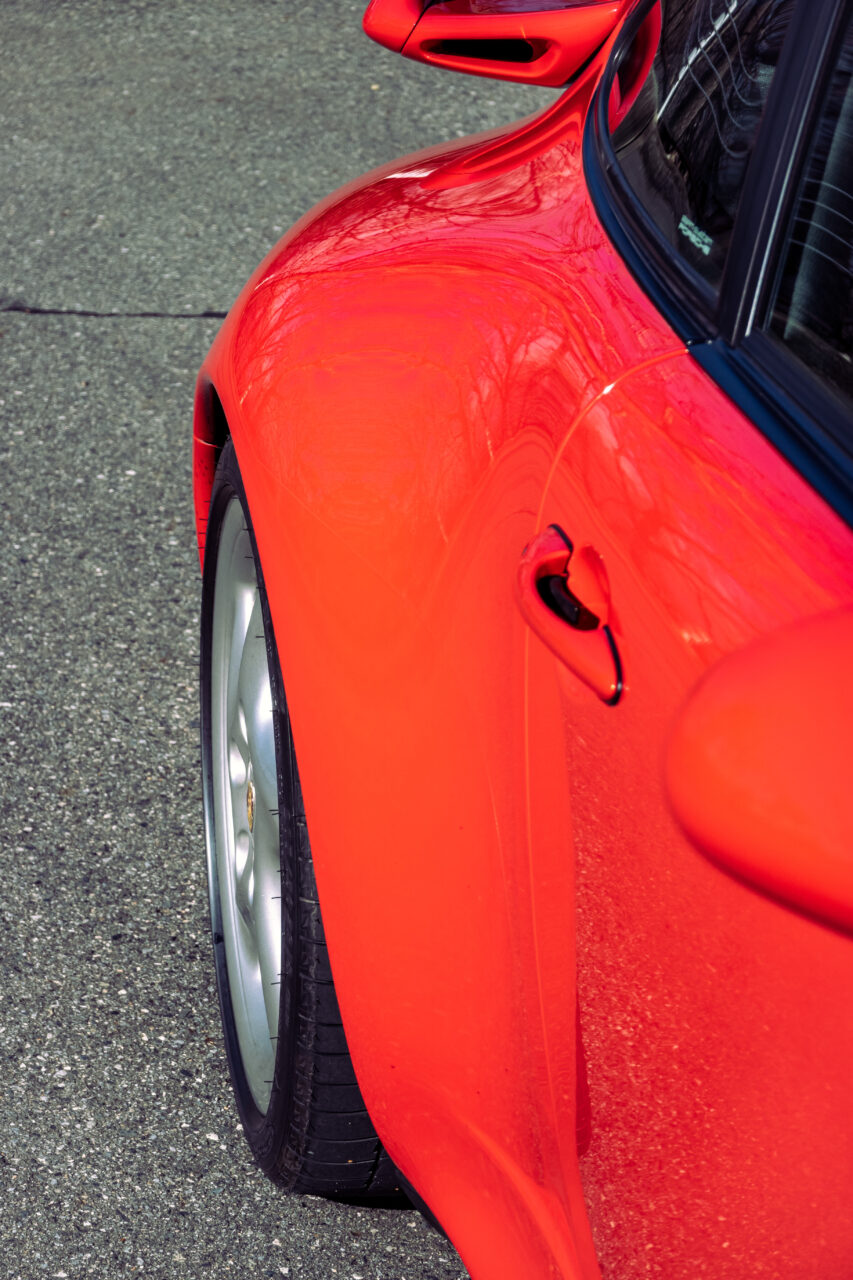
The bulging rear fenders are irresistible
Next, switching to manual mode, I hold 2nd gear and climb the winding roads. The power is ample. The shift speed and shock when changing from 3rd to 2nd are better than before the ATF change. I can focus on handling the RR layout without worrying about shifting. Even though this car is over 20 years old, the body feels incredibly rigid.
There’s very little flex or instability in corners.
The steering delivers a wealth of information, letting you feel exactly the right speed to take a corner. That’s what makes it a Porsche.
By the way, the Tiptronic evolved further in the 996, the successor to the 993. The improvement from 993 to 996 seems even greater than from 964 to 993.
Overall Impression
Riding the 993, I feel it’s a refined air-cooled Porsche. That’s a compliment, but it also means the analog feel of the 964 and earlier models is somewhat diminished.
It’s comfortable and quiet enough to be used as a date car, with improved reliability, making it a more modern air-cooled Porsche.
So, if you want to drive an air-cooled Porsche regularly and enthusiastically, I recommend the 993.
On the other hand, if you want to experience the more traditional 911 rear-engine feel and analog character, the 964 or earlier models are better. They may not match the 993’s performance, but you’ll get a richer classical atmosphere, sound, and driving feel.
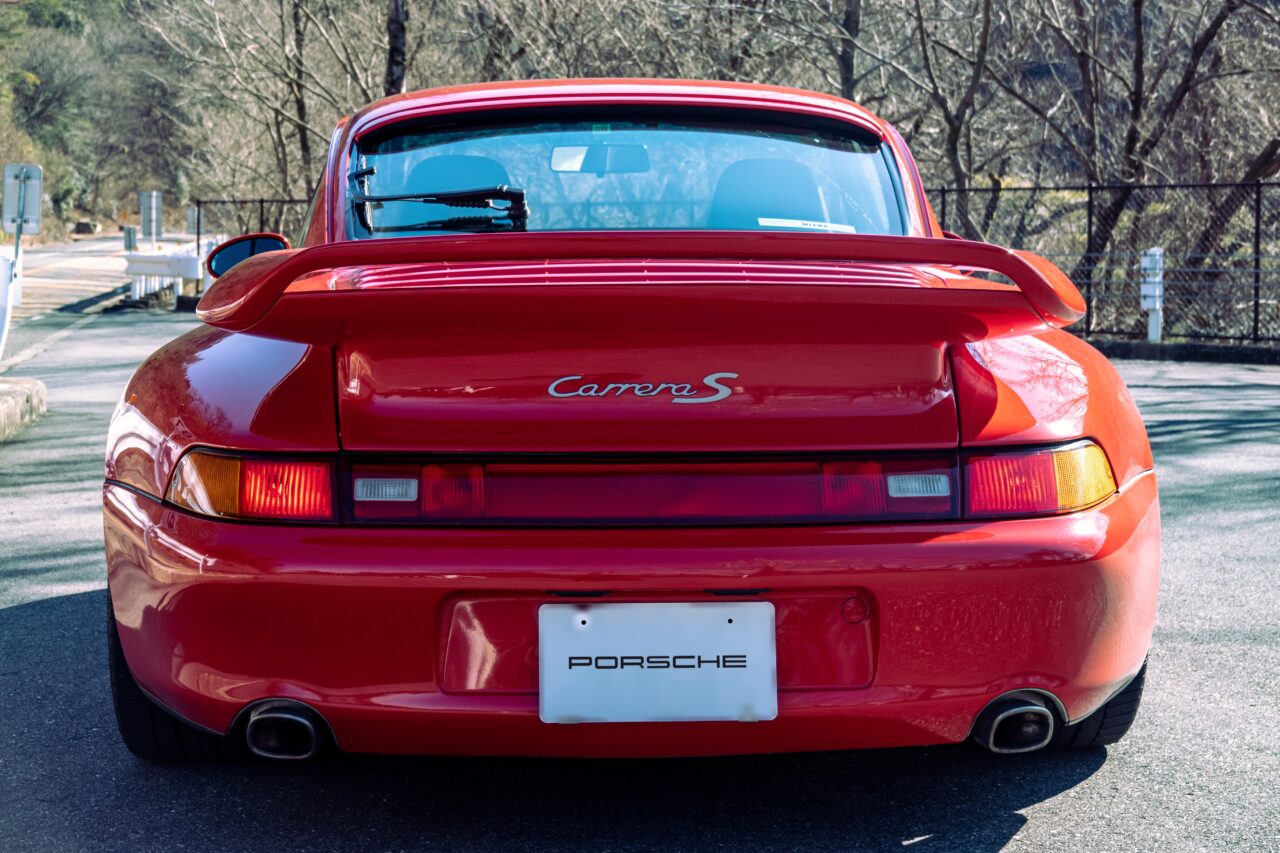
That said, the 993 sits between the 964 and 996, and if I had to say which it’s closer to, I’d say it leans slightly toward the 964. This isn’t about water-cooled versus air-cooled engines, but about driving feel.
The 993 is sometimes described as a “911 with an air-cooled engine and water-cooled suspension,” and I understand what that means, but to me, it feels more like a model closer to the 964. Though refined, if I had to group it, I’d say it’s a 911 that firmly retains the flavor of an air-cooled Porsche.
Good-condition 993s are becoming increasingly rare, almost endangered. On top of that, with the recent yen depreciation, while Japanese buyers say it’s “expensive,” these cars are steadily flowing overseas.
If you find one you like, I recommend making a quick decision without hesitation. Because the 993 will continue to be a legendary model in 911 history as the last air-cooled Porsche.
このブログが気に入ったらフォローしてね!


Comment ( 0 )
Trackbacks are closed.
No comments yet.